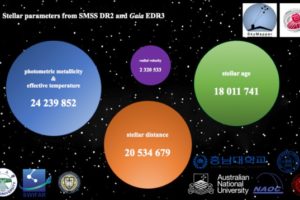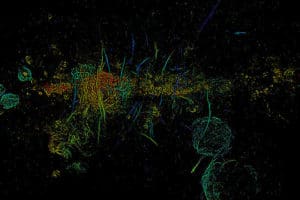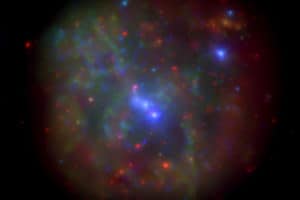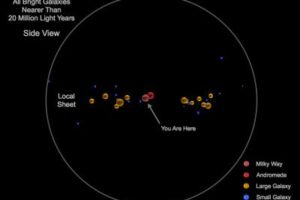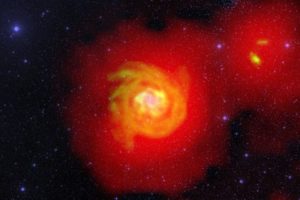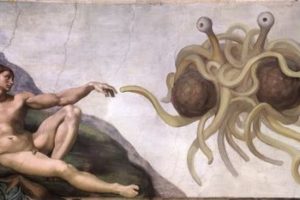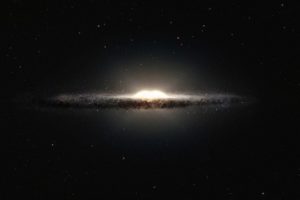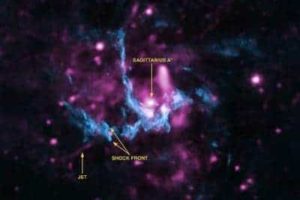Milky Way
It was four all along: More arms in Milky Way than recent studies showed
A 12-year study of large stars has reaffirmed that our Galaxy has four spiral arms, following years of discussion sparked by pictures taken by NASA’s Spitzer area Telescope that solely showed 2 arms.

